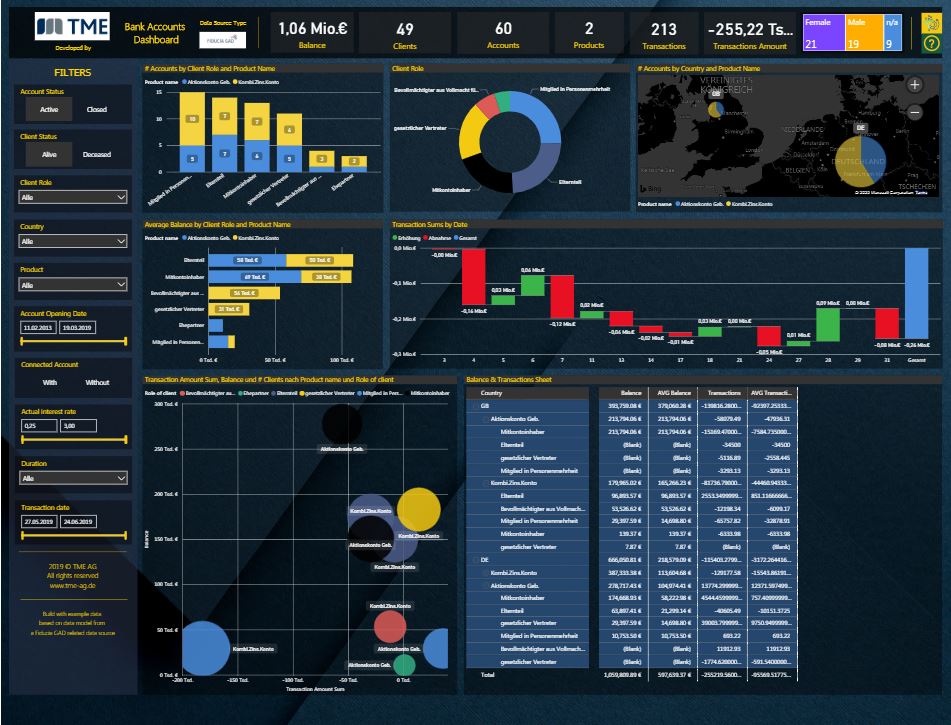

Embed content for customersĮmbed content for customers (aka apps owns data approach) is the option to integrate Power BI content into (secured) web applications, when the application users are not part of own organization.
#Power bi pro#
Prerequisites to use that option are one Power BI Pro account for deploying the Power BI content into a workspace assigned to a Power BI Premium capacity, a Microsoft Azure subscription and the setup of an own Azure Active Directory tenant. Using the Power BI REST API or the Power BI JavaScript API allows an easy integration to any web application, like these ones implemented with OpenUI5/SAPUI5. The approach has no limitations and allows a fluent integration by an access token obtained from Azure Active Directory.

The Embed content for your organization option (aka user owns data approach) is a way to integrate Power BI content into a web application used by your organization in which the users are assigned to a Power BI Premium capacity. For this integration option some limitations need to be considered, for instance the missing single sign-on capability. For the integration into a web site, a HTML iframe tag is used.
#Power bi license#
The access to the content must be granted to user using an Office 365 group and the user must have assigned a Power BI Pro license or the content is in a Power BI Premium capacity (EM or P SKU) workspace stored, to which the user has access. Using the Embed Secure integration option, a Microsoft Power BI report can be integrated to a web site in a secure way, because a user has to sign in to access the content. Additionally this option has some limitations, for instance that no reports using the row level security feature can be published. It needs to be considered, that everyone how has access to the public web site or to the embed code, can access the report without authentication.
#Power bi code#
Via an embed code a report can be integrated using an HTML iframe tag. The option Publish to Web from Power BI is a way to make reports available in a public web site. A pre-condition is, that the reports and dashboards to be integrated in web applications are available in the Microsoft Power BI service. There are the following different options to embed Microsoft Power BI content in web applications, differing on the level of security and the target audience. For SAPUI5 applications it is not allowed to run it on non-SAP platforms, but of course there are valid cases to benefit from Microsoft Power BI integrated in SAPUI5 applications running on SAP platforms. So it would be possible to enhance OpenUI5 applications with Microsoft Power BI and run it on non-SAP platforms, like Microsoft Azure. Especially with OpenUI5 the integration of Power BI is of interest, because OpenUI5 does not come with an integrated chart library compared to SAPUI5.
#Power bi free#
UI5 comes in two flavors: As OpenUI5, which is the Open-Source, free to use version and as SAPUI5, which is licensed with SAP Products like S/4HANA and SAP Cloud Platform. In that context it is worth to have a look on how Microsoft Power BI can be integrated in web applications written with SAP’s UI5 framework. Not just for lifting and shifting workloads to the Microsoft Azure IaaS layer, but also for adding value and enabling innovations combining the rich ecosystems of SAP and Microsoft.

In 2019 SAP and Microsoft announced a stronger partnership with the SAP Embrace program (the announcement can be read here). One of the most powerful and feature rich tool is Microsoft Power BI. There are tons of tools and chart libraries available in that ecosystem. Most web applications use graphical visualizations of data to provide quick insights for users.


 0 kommentar(er)
0 kommentar(er)
